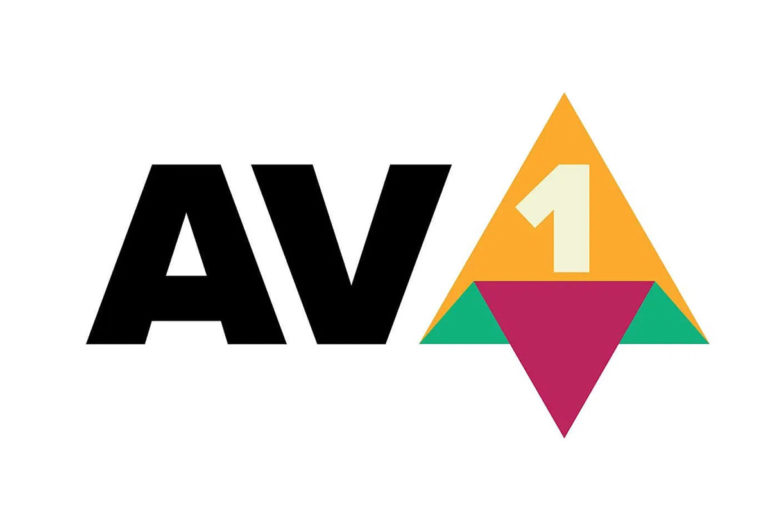Microsoft has announced that graphics processor partners Intel, AMD and Nvidia are bringing hardware-accelerated AV1/AVIF video compression to new Windows 10 systems this fall.
To benefit from the latest AV1 royalty-free video-compression codecs, Windows 10 users will need a computer with an 11th Gen Intel Core processor with Intel Iris Xe Graphics, NVIDIA GeForce RTX 30 Series GPUs, or AMD Radeon RX 6000 Series Graphics.
Unfortunately, these are all high-end, expensive and recently released components, so the people who get hardware accelerated AVIF video compression will be limited in the near future.
For example, Nvidia’s graphics cards with AVIF support range from $499 to $1,500. But, as Microsoft points out, the AV1 codec can deliver 50% better compression than H.264 and 20% better compression efficiency than VP9 for the same video content.
AV1, also known as AVIF or AV1 Image File Format, has been developed by the Alliance for Open Media with support from Netflix, YouTube, Facebook, Google, Microsoft, and Mozilla.
AVIF got a major boost with support in the Windows 10 May 2019 Update, or version 1909, which allows AVIF images to load natively on Windows 10 apps with the help of Microsoft’s AV1 video codec extension from the Microsoft Store.
Google also delivered AVIF support in Chrome 85 this August and thanks to its support in Chromium, it means all Chromium-based browsers including Microsoft’s new Edge browser should gain it too at some point in the near future.
“Enabling hardware support for AV1 allows users to get the benefits of this improved video codec, and shifting decode work from software to hardware typically reduces power consumption and increases battery life on mobile devices,” Microsoft said.
For now, besides the right GPU or CPU, Microsoft says users will need to be running Windows 10 1909 or later with the Microsoft AV1 Video Extension installed and a browser or application with hardware-acceleration support for AVIF.
Additionally, users may need to update graphics drivers to get the latest features and improvements.
To check whether a video on YouTube is encoded with AVIF, Windows users can right click over a video and check ‘Stats for nerds’. AVIF videos on YouTube will show ‘av01’ in the stats.
Netflix began streaming AVIF video to its Android app this February based on the open-source dav1d decoder from the VideoLAN, VLC, and FFmpeg communities.



